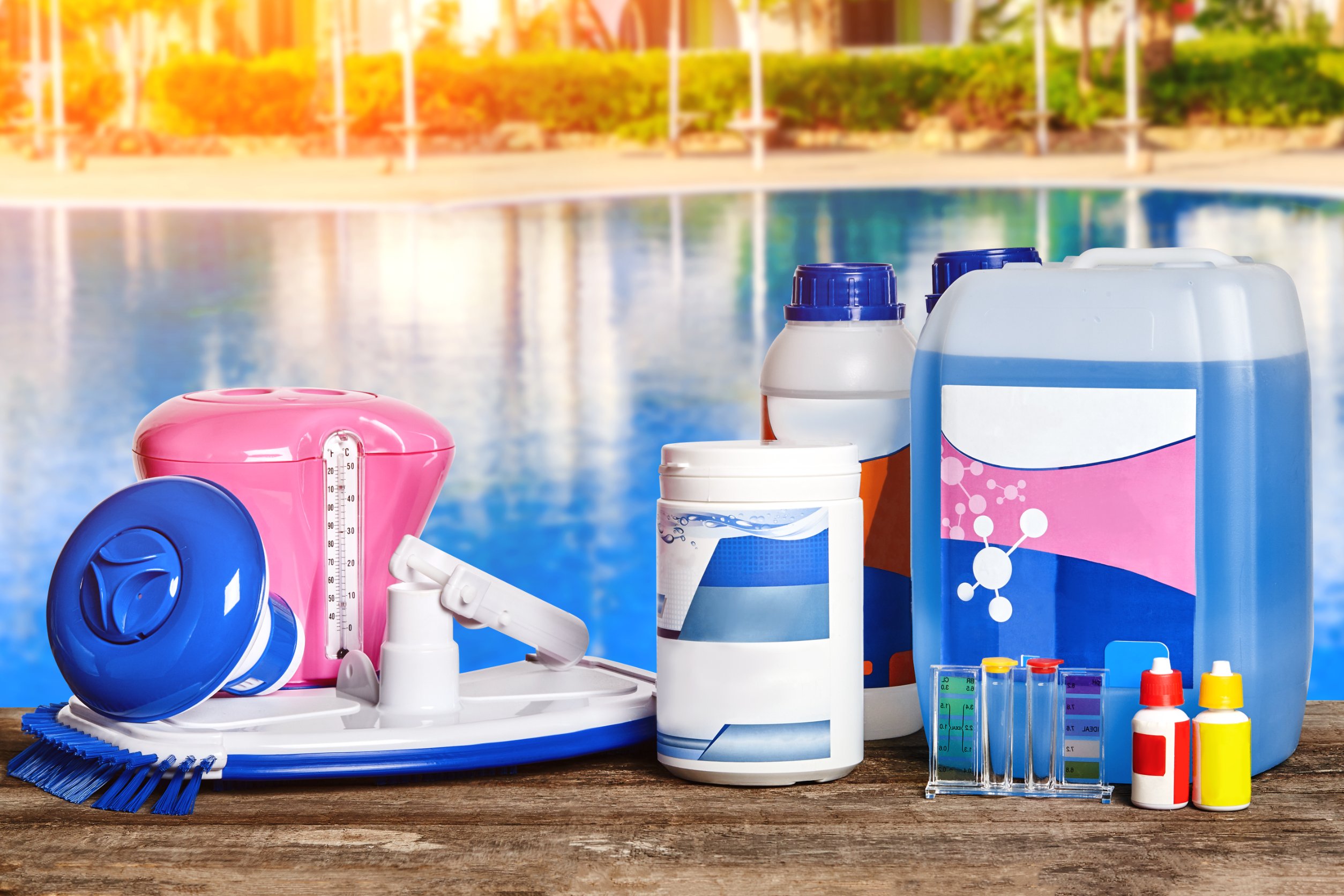Best Way to Shock a Really Dirty Pool
[/cherry_col] [/cherry_row] [cherry_row] [cherry_col size_md=”12″ size_xs=”none” size_sm=”none” size_lg=”none” offset_xs=”none” offset_sm=”none” offset_md=”none” offset_lg=”none” pull_xs=”none” pull_sm=”none” pull_md=”none” pull_lg=”none” push_xs=”none” push_sm=”none” push_md=”none” push_lg=”none” collapse=”no” bg_type=”none” bg_position=”center” bg_repeat=”no-repeat” bg_attachment=”scroll” bg_size=”auto”] [cherry_row_inner type=”full-width” bg_type=”none” bg_position=”center” bg_repeat=”no-repeat” bg_attachment=”scroll” bg_size=”auto” parallax_speed=”1.5″ parallax_invert=”no” min_height=”300″ speed=”1.5″ invert=”no”] [cherry_col_inner size_md=”12″ size_xs=”none” size_sm=”none” size_lg=”none” offset_xs=”none” offset_sm=”none” offset_md=”none” offset_lg=”none” pull_xs=”none” pull_sm=”none” pull_md=”none” pull_lg=”none” push_xs=”none” push_sm=”none” push_md=”none” push_lg=”none” collapse=”no” bg_type=”none” bg_position=”center” bg_repeat=”no-repeat” bg_attachment=”scroll” bg_size=”auto”] [/cherry_col_inner]
[/cherry_row_inner]
[cherry_row_inner type=”full-width” bg_type=”none” bg_position=”center” bg_repeat=”no-repeat” bg_attachment=”scroll” bg_size=”auto” parallax_speed=”1.5″ parallax_invert=”no” min_height=”300″ speed=”1.5″ invert=”no”]
[cherry_col_inner size_md=”12″]
[/cherry_col_inner]
[/cherry_row_inner]
[cherry_row_inner type=”full-width” bg_type=”none” bg_position=”center” bg_repeat=”no-repeat” bg_attachment=”scroll” bg_size=”auto” parallax_speed=”1.5″ parallax_invert=”no” min_height=”300″ speed=”1.5″ invert=”no”]
[cherry_col_inner size_md=”12″]
Pool shock is a chemical treatment that helps breakdown contaminants—like debris, dirt, leaves, and even oils from your skin—that can slowly build up in your pool water. Did you know that shocking your pool should be part of your pool maintenance routine to help keep the water balanced and clean?
If you are a beginner to pool shock, you may have many questions about how to shock your pool. Thinking about which shock treatment is ideal for your pool? This article will help you answer that.
What Does It Mean to “Shock” Your Pool?
Pool shock is a concentrated amount of pool sanitizer. Take note that pool shock treatments are available in granular form, and often sold at about any pool supply store. These swimming pool shock treatments are available in oxygen-based and chlorine formulations.
When you shock a swimming pool, you are practically over-treating the water. The excess dose of chlorine kills off the bacteria, neutralizing the contaminants that could pool water or support the growth of harmful bacteria and algae.
How to Shock Your Pool
Remember that shocking your pool is not terribly complex. If you can balance and test your water chemistry, you can easily shock your pool. Even though the shock process can differ slightly, you will follow a few simple steps.
- Test the water
Make sure that your shock treatments work as projected. You want to break out the testing kit first and ensure the pool water is balanced.
- Brush and vacuum the pool
This is essential, especially if you have a dirty pool filled with dirt, debris, and bigger contaminants. Make sure you eliminate any remaining equipment and toys from your swimming pool.
- Measure the proper amount of pool shock
Carefully read the instructions to learn how much shock you must use. Remember that the amount required will differ based on your pool’s size and the reason you are shocking the pool in the first place.
For instance, are you fighting an outbreak of pink or black algae? You will need to use two or three times the amount you would need for routine cleaning.
- Add the shock treatment to the pool
If you are using calcium hypochlorite, you will need to pre-dissolve your pool shock in a container of water before adding it to the pool. But if you’re using potassium peroxymonosufate (MPS) or dichloroisocyanuric acid (dichlor), you can add them straight to the water without pre-dissolving.
- Run the filter
Running your pool filter will help dispense the shock consistently.
- Wait a few hours before swimming in the pool
If you are using a chlorine-based shock treatment, it will help if you wait 12 to 24 hours before dipping into the pool. Meanwhile, you should wait about fifteen minutes if using a chlorine-free MPS.
There you have it! We hope you find this guide informative and helpful. If you need help with your pool, visit https://prinspools.com to learn more!
[/cherry_col_inner] [/cherry_row_inner] [/cherry_col] [/cherry_row]
